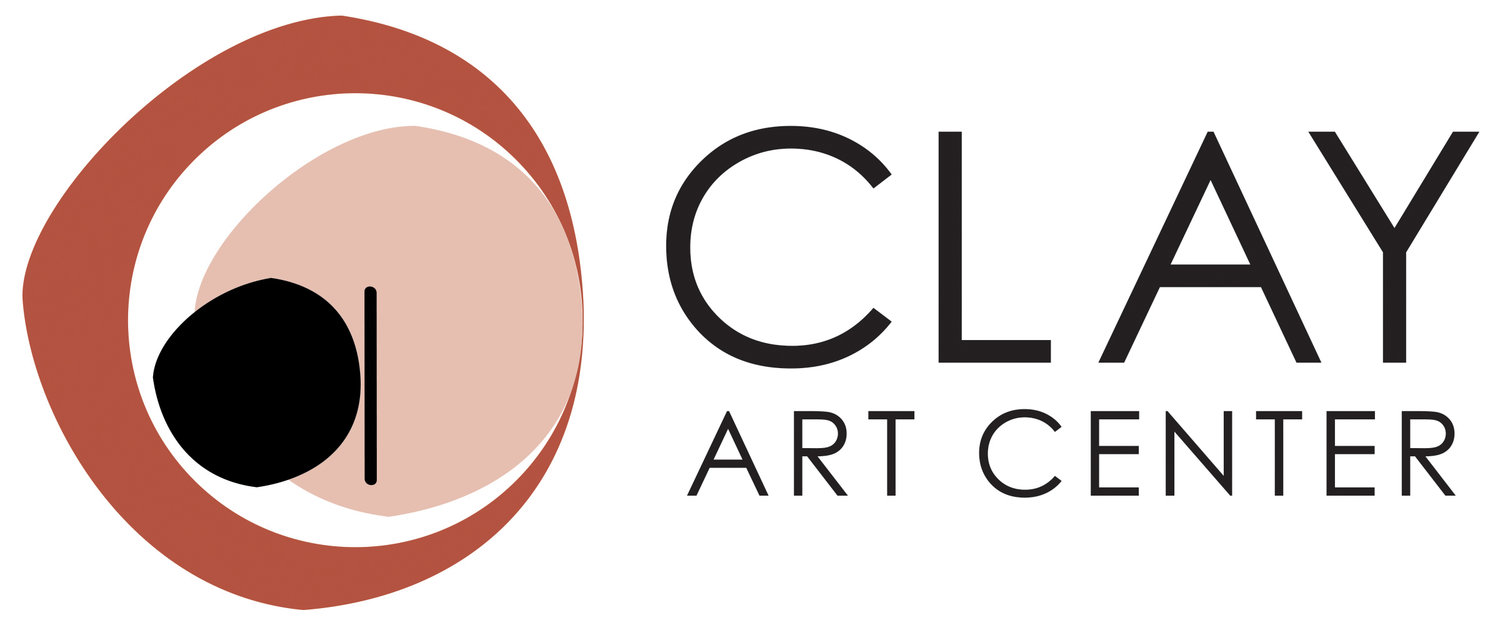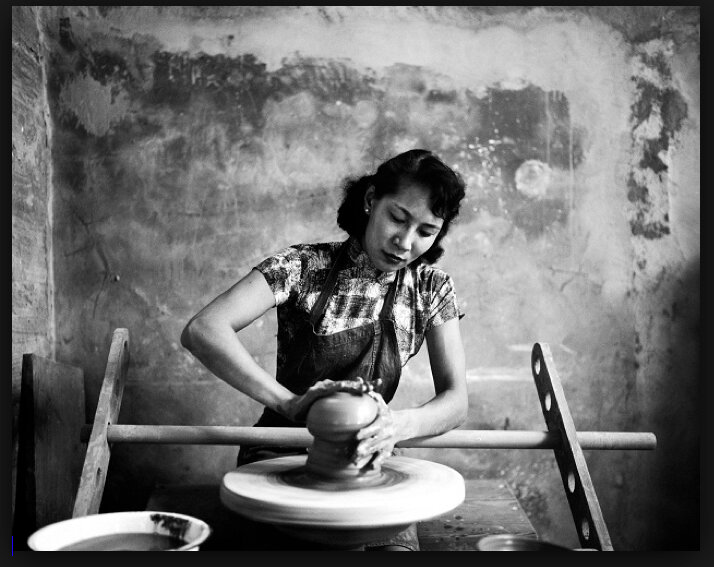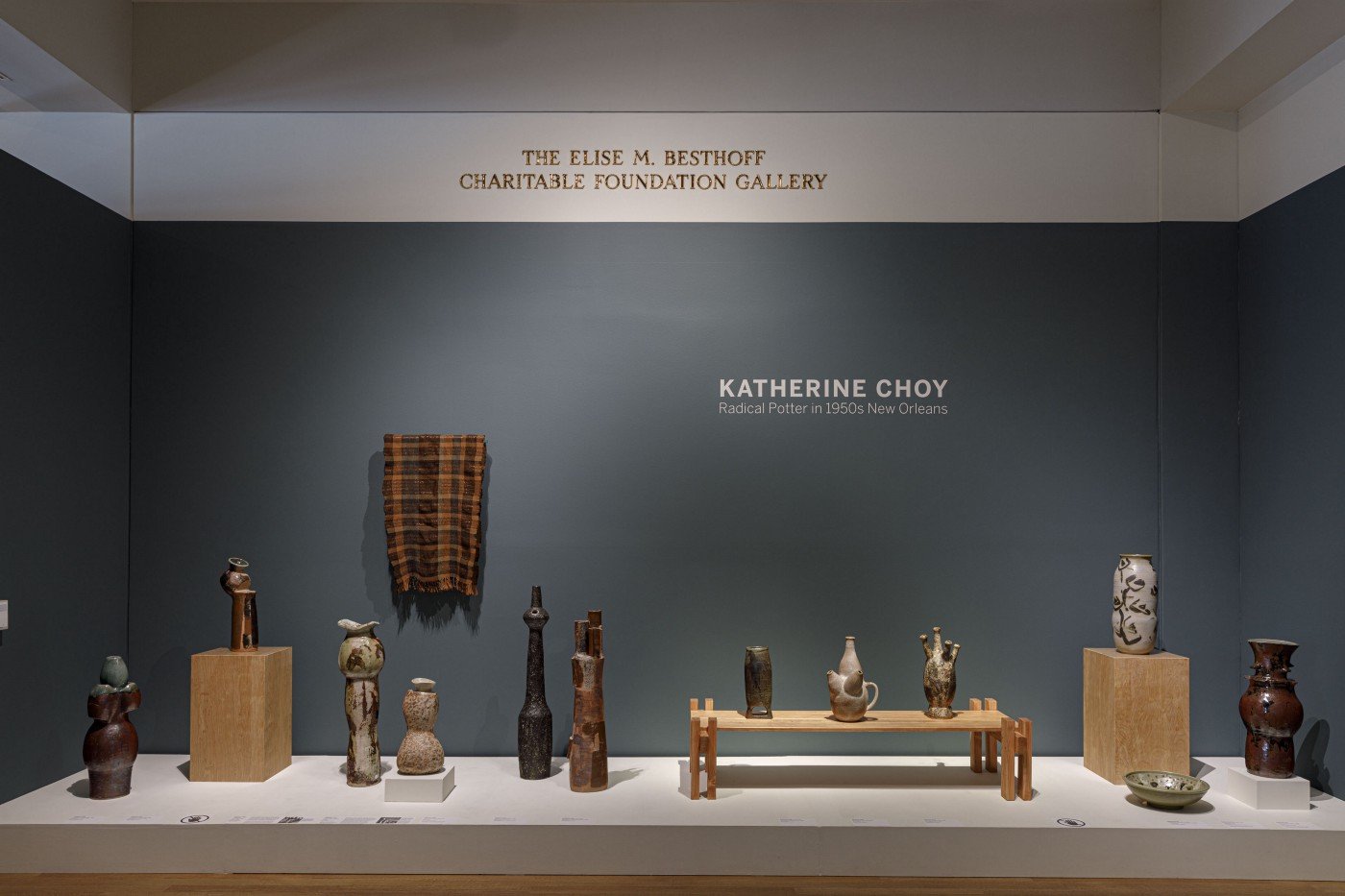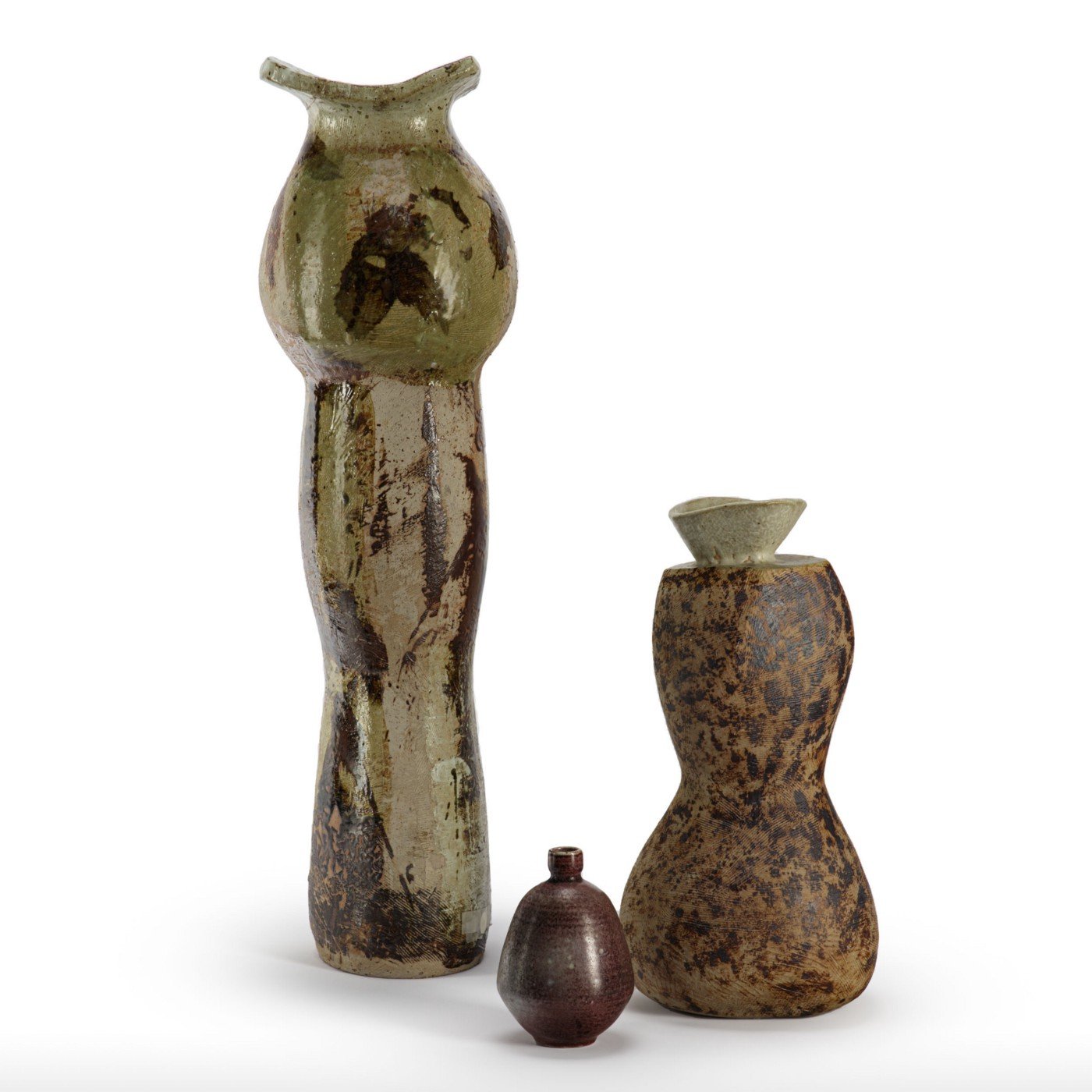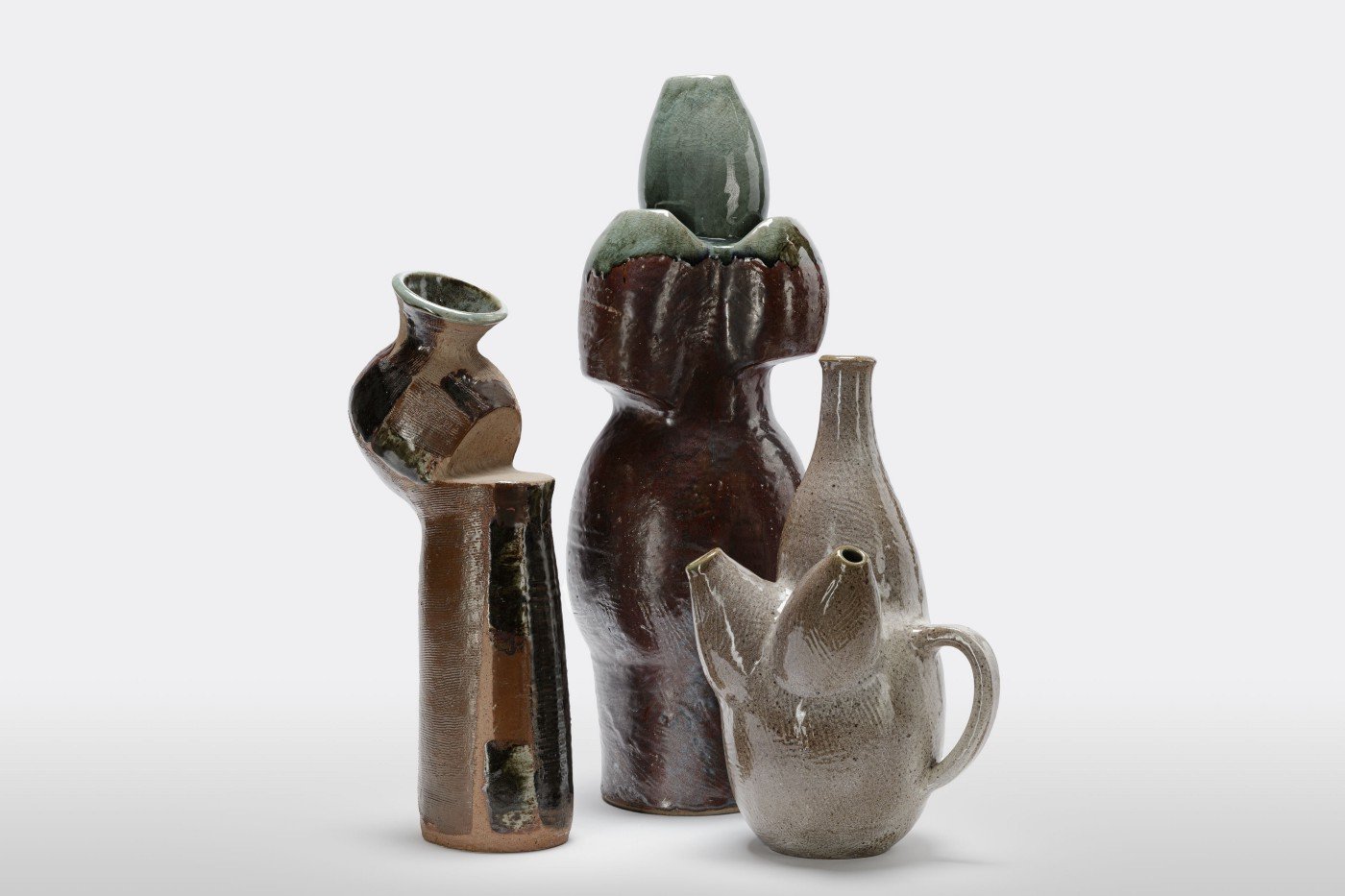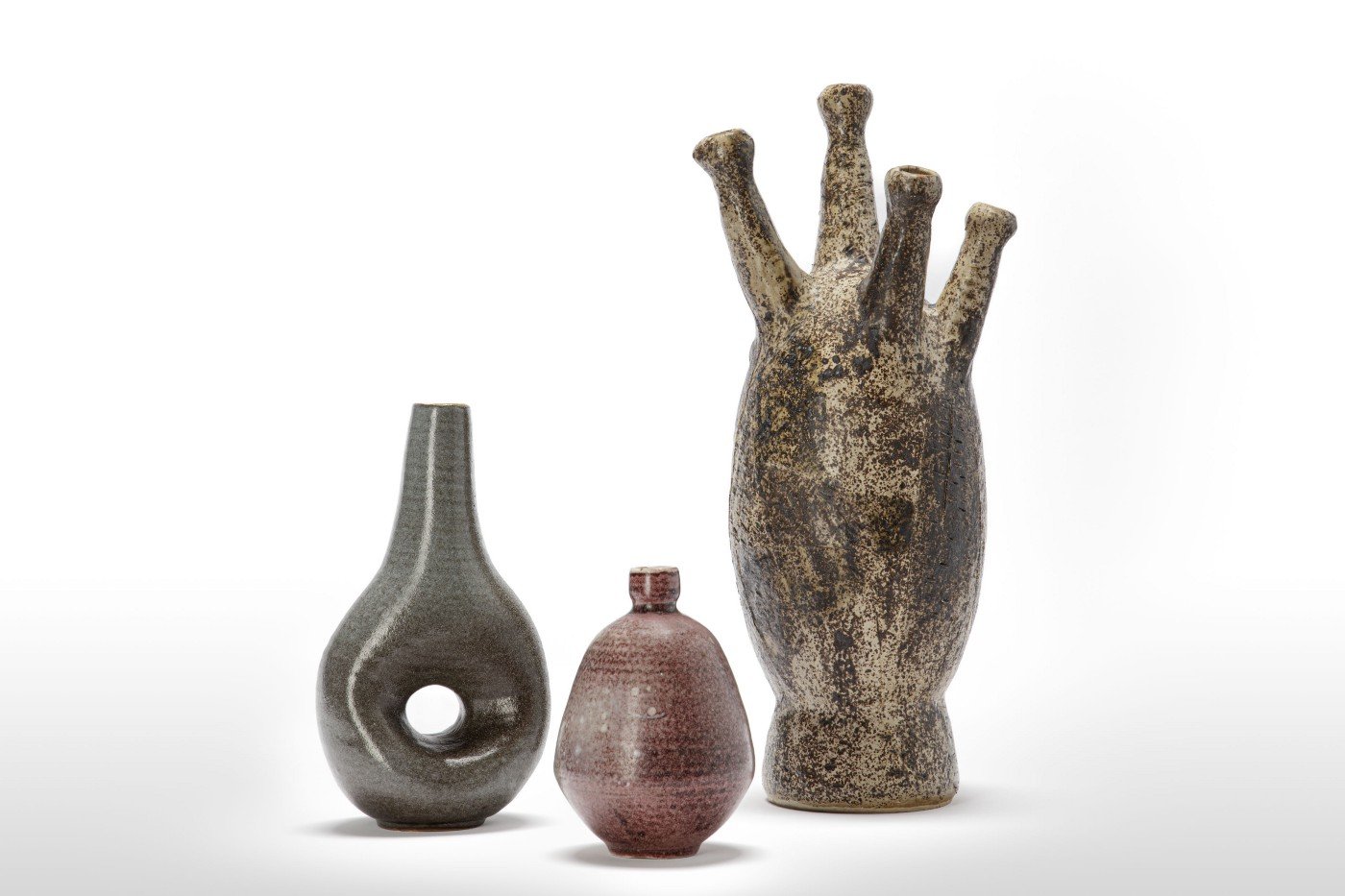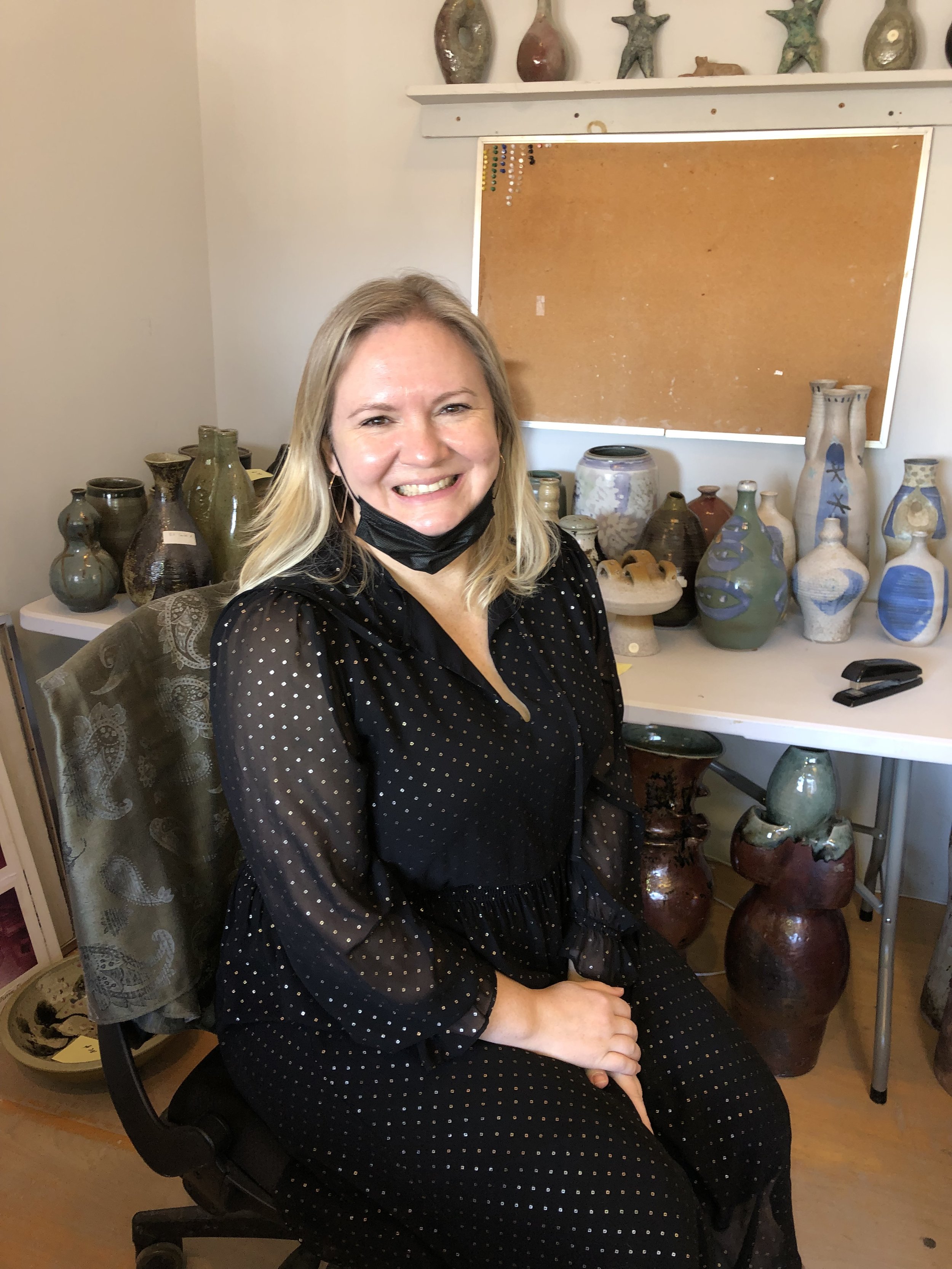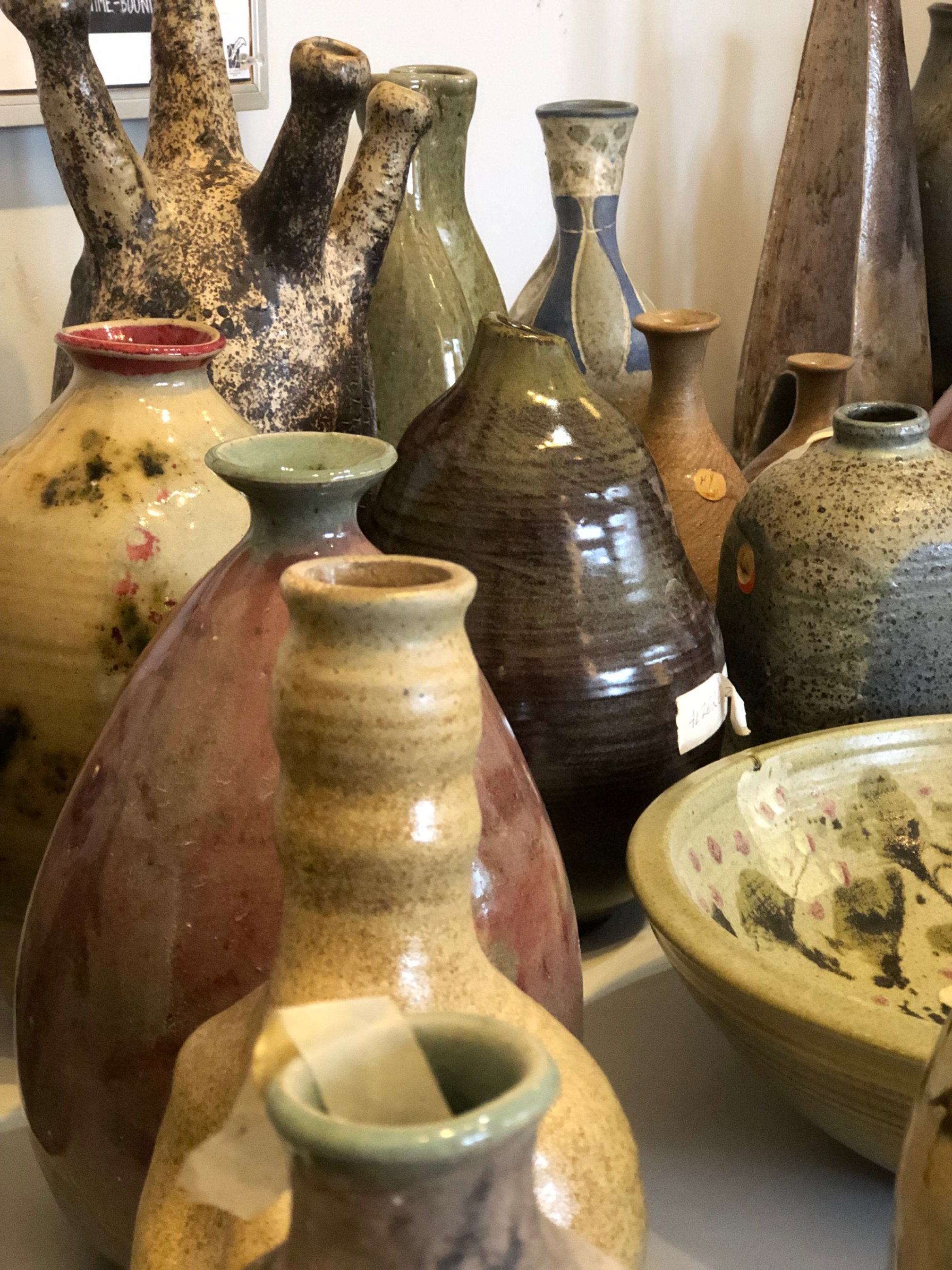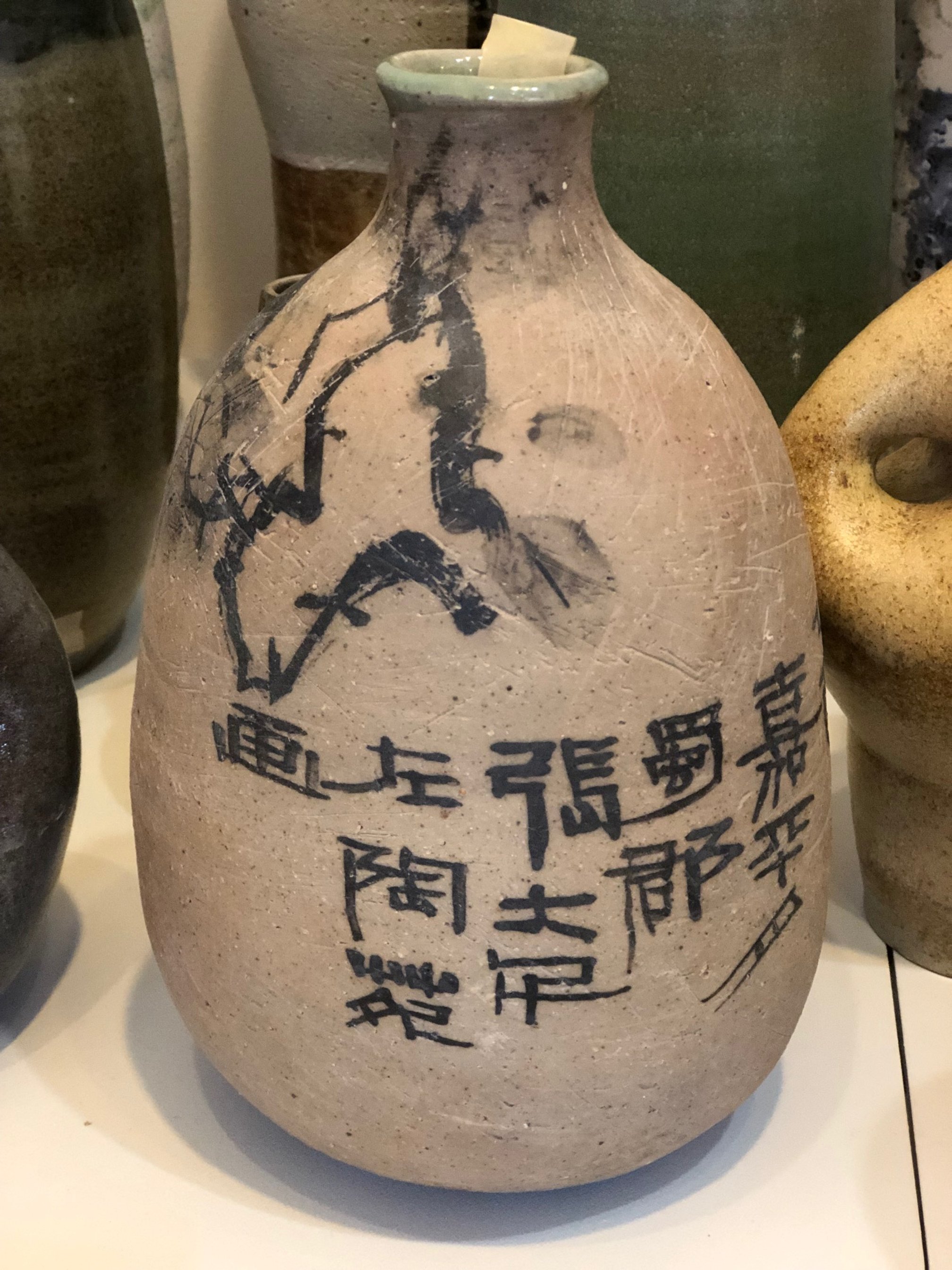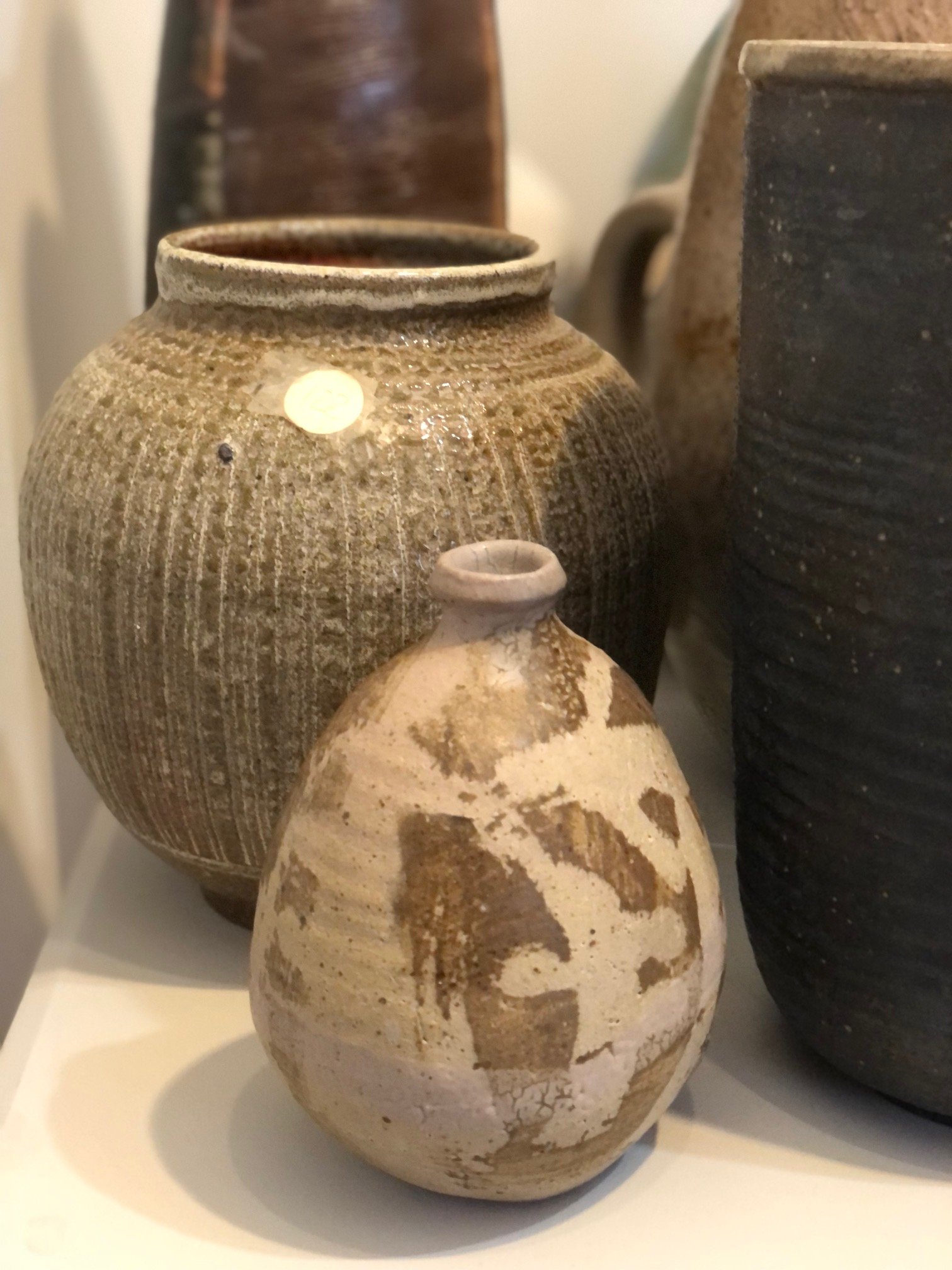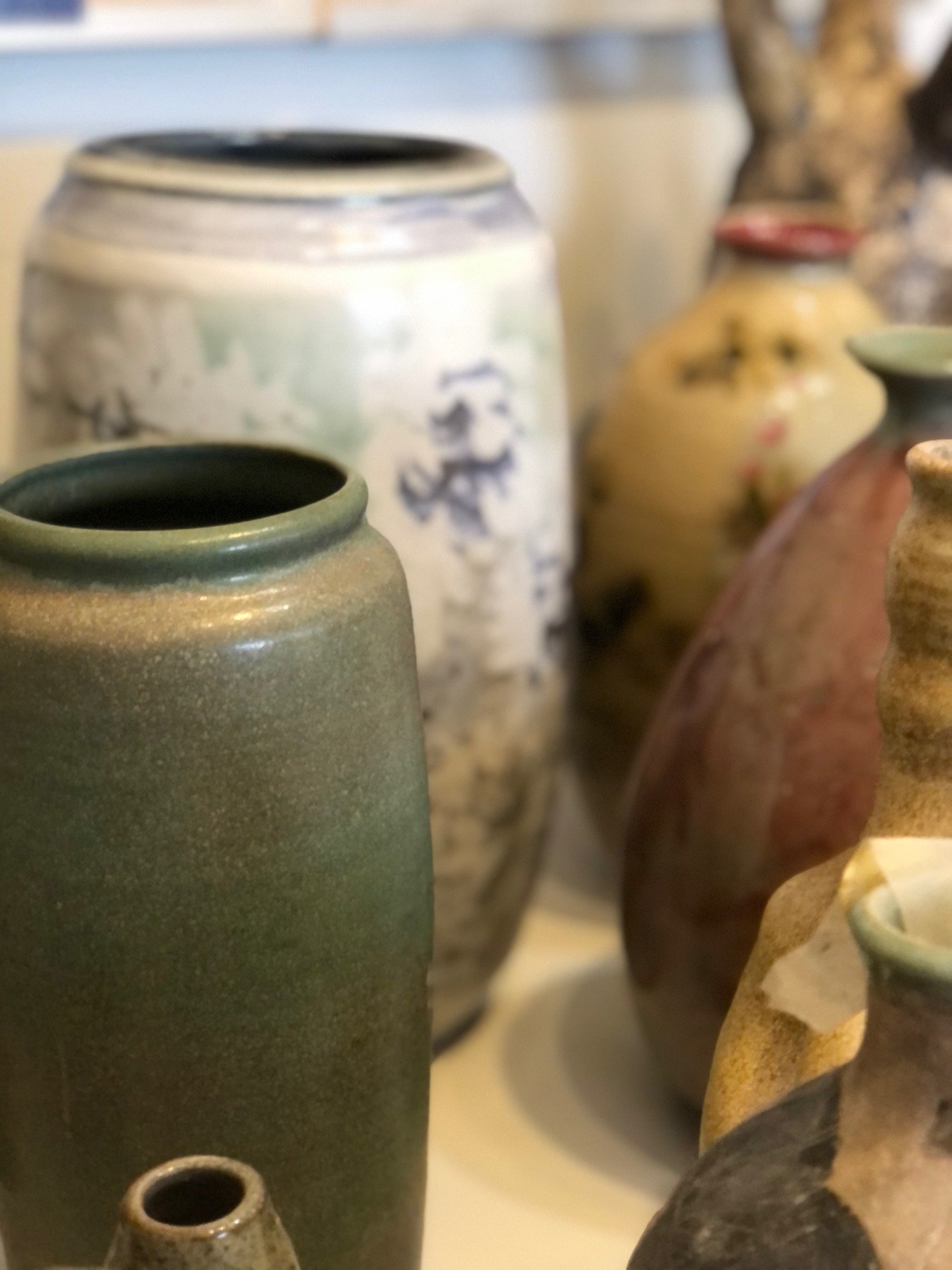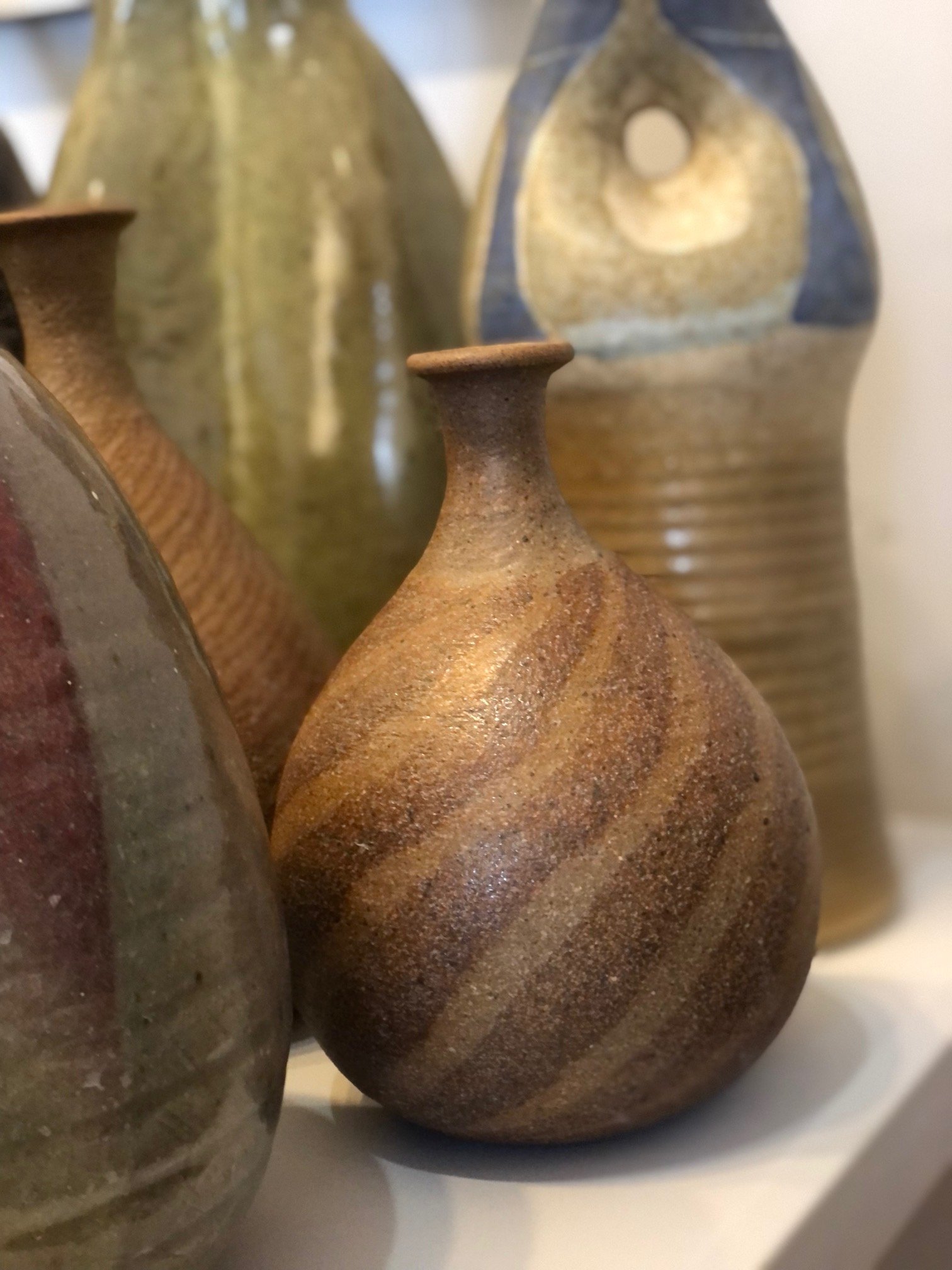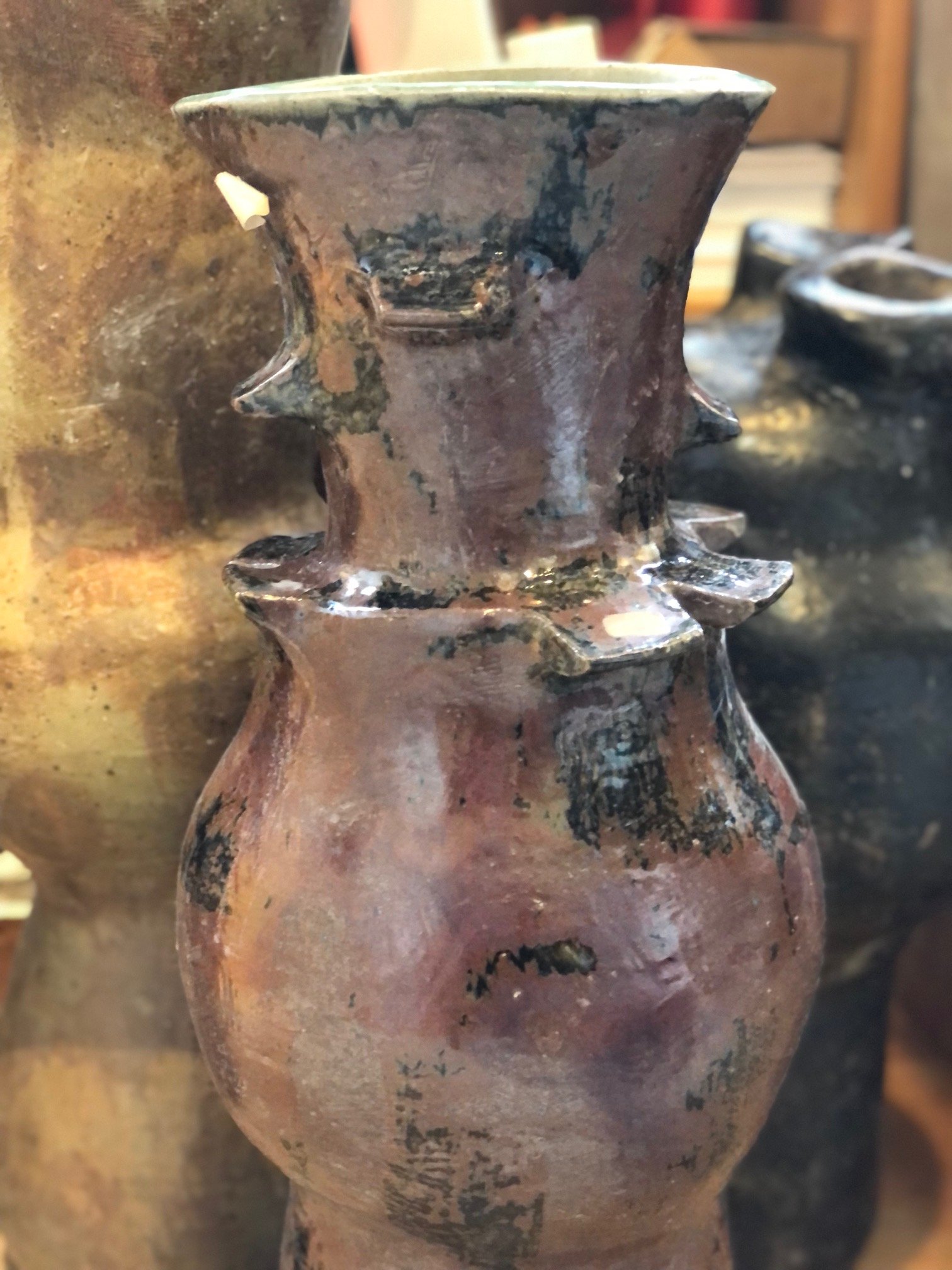Clay Art Center Founders
In 1957, Clay Art Center was first opened as an artists cooperative by Katherine Choy and Henry Okamoto, who imagined - and created - a place “to promote the art of clay–ceramics and sculpture–as culture on an advanced level... To encourage clay artists–potters and sculptors–... in advanced research in the art of clay, and to provide promising young clay artists ...a period of time to study independently in order to cultivate themselves into more mature artists.” First located in Port Chester, a few doors down from our present day location at 40 Beech Street, Katherine and Henry provided the opportunity for fertile minds to come together and share their love, resources and passion for clay.
The work we do today at Clay Art Center honors our founders. Read on to learn more about these two incredible people, who through their efforts laid the foundation of what would eventually become the non-profit organization we are over 60 years later.
Katherine Choy and Henry Okamoto making clay at Clay Art Center, 1957
KATHERINE CHOY
Katherine Choy (1929-1958). In 1957, Katherine, a visionary 28-year old immigrant who was born in Hong Kong, and reared in Shanghai, left her assistant professorship in ceramics at Tulane University and moved to Port Chester, NY to fulfill her dream of establishing a center for the advancement of ceramic arts. She purchased Clay Art Center for the purpose of teaching young potters and providing studio space for ceramic artists and created one of the first ceramic art centers on the East Coast. Throughout CAC’s 64 year history many renowned ceramic artists have passed through our doors having taught, exhibited or rented studio space adding to Katherine’s legacy as we continue to honor her vision.
Katherine achieved recognition and a national reputation as a talented ceramicist before her untimely death in 1958 at the age of 30. Her work drew inspiration from Eastern & Western aesthetics and ranged from functional wheel thrown stoneware pieces to sculptures. Her later pieces explored thrown and altered vessels decorated with textured surface treatment. Her work can be found in the permanent collection of the Cooper Hewitt Smithsonian Design Museum, Museum of Arts and Design (New York), Museum of Contemporary Craft (Portland, OR), New Orleans Museum of Art, the Newcomb Museum of Art, and is prized by collectors throughout the USA.
Below: a peek at Katherine’s work at Clay Art Center during recent collaboration with New Orleans Museum of Art in preparation for “Katherine Choy: Radical Potter in 1950’s New Orleans”.
On view at New Orleans Museum of Art, April 16, 2023. Learn more.
NOLA.com article by Mel Buchanan
Katherine Choy
Blogpost by Mel Buchanan (RosaMary Curator of Decorative Arts & Design from NOMA) detailing the life and artistic achievements of Katherine Choy.
Louisiana Public Broadcasting “Art Rocks” interview with Mel Buchanan discussing Katherine Choy’s groundbreaking ceramic techniques and founding of Clay Art Center.
Forbes Magazine “Pottery, Photography and Painting at New Orleans Museum of Art” featuring the exhibition “Katherine Choy: Radical Potter in 1950’s New Orleans”.
Photo by Jack Robinson
More online resources on Katherine Choy:
The Marks Project
Katherine Choy
New Orleans Museum of Art
Katherine Choy
American Crafts Council
Katherine Choy
Appraisal Group USA
Katherine Choy
Clay Art Center’s History and Mission - Read more.
HENRY OKAMOTO
Katherine was joined by her friend Henry Okamoto (1923 - 1988), an esteemed classic potter from Lodi, California. Unfortunately, Katherine died suddenly in 1958, but Henry dedicated the rest of his life to realizing her dream of creating a nationally-renowned ceramic center. A lone but brilliant beacon on the Eastern Seaboard, CAC soon became a haven for clay artists, many of whom enjoyed significant careers.
“Henry was beloved,” said Reena Kashyap, Director Emeritus of CAC. “He did his best. He was more concerned about the soul of the place than collecting rent from the artists. People who were there in those days remember it as an incredible environment.”
Photo: Jeff Schlanger, 1958
